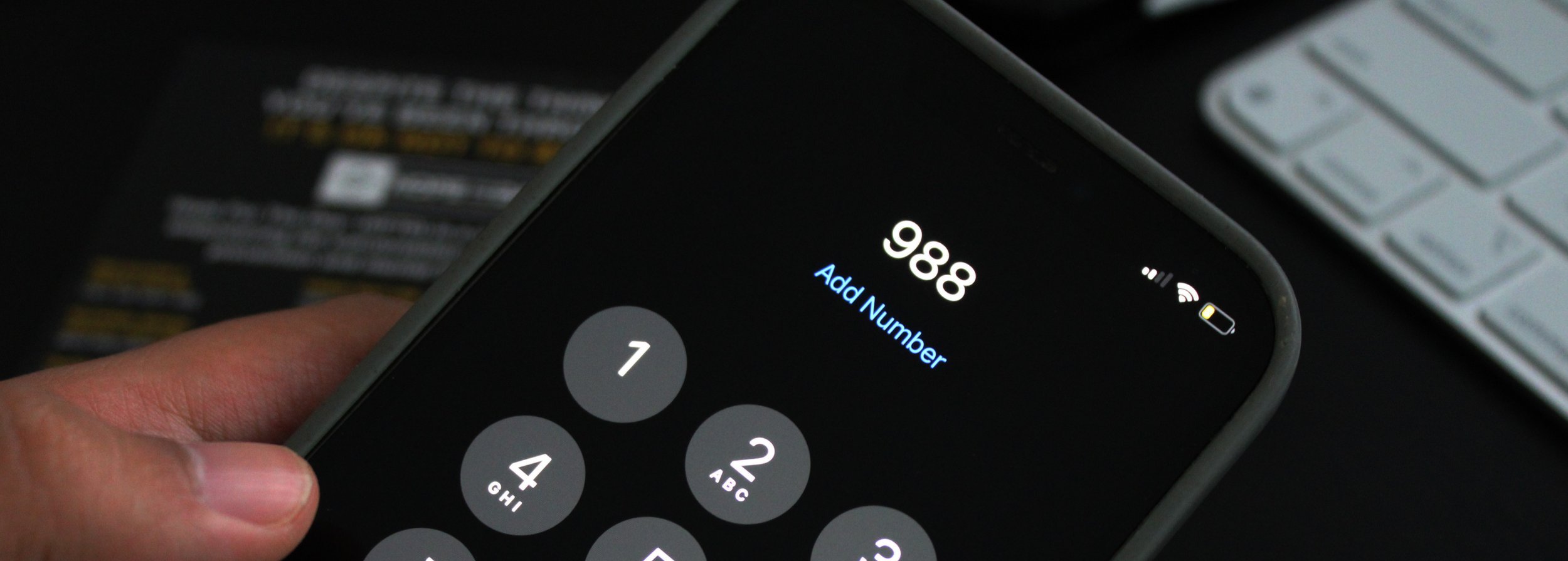988 - One Year Later
One year ago, The National Suicide Prevention Lifeline officially switched over to 988. This news prompted a wide range of emotions and responses.
For many, there was excitement for the lifeline receiving a new number. Adopting a new number of only three digits, 988 would now be as easily memorable as the emergency line 911. This meant that more people would remember the number and share it. Additionally, all of the media attention around this shift was promising in terms of normalizing the conversation around mental health support.
This excitement, however, was not the reaction for everyone.
With the news of 988, many people came forward and shared their negative experiences with The National Suicide Prevention Lifeline. Their concerns ranged from long wait times to questionable responses from interventionists and even the overuse of police interactions; they questioned if 988 would pose some of the same challenges.
While 988 promised a vast improvement in terms of visible, national mental health support — would it truly be an improvement if there were not changes made to the structural challenges that existed?
One year later, that question remains. It is reported that in its first year of operation, 988 has responded to approximately 5 million calls, texts and online messages. However, there is not a lot of data tracking the user experience. In addition, more than 80% of U.S. adults are still not familiar with the lifeline.
While we cannot answer some of those challenging questions that exist about 988, we can provide general information on hotlines, as well as guidance on how to use them.
Across the board, hotlines such as 988 are a great tool to keep handy! Not only can hotlines offer support to an individual experiencing emotional distress, they are also available to friends, family, and loved ones supporting someone experiencing mental health challenges.
Here are a few general notes to consider regarding hotlines:
Hotlines are as anonymous as you choose to make them. You’ll be asked a series of questions at the start of the conversation including things like name, age, race, and gender. You can choose to decline answering any or all of the questions. The information is used internally to determine which demographics are being hit and who may need additional support.
If you choose to use any of the text lines, you’ll be connected with real people, not bots or automations.
Many, if not all hotline workers are mandated reporters. If you begin to divulge information that falls under their purview as something that would require reporting, they will have to report said information to the authorities.
Wait time may vary from hotline to hotline and state. One centralized hotline number, 988 for example, routes you to a call center based on the area code your phone number is connected to.
The reality is that hotlines are oftentimes using police as support. All situations are open to the discretion of the hotline worker and may vary geographically.
Hotlines are not perfect but they may be able to provide a caring ear and comfort when it’s needed most. It is important to acknowledge the ways it can improve to be able to create a better experience for those in need. As we continue to have these conversations, we recognize that hotlines are a necessary resource, but suicide prevention is more than just hotlines.
It can look like support from loved ones, quality healthcare or even access to childcare. Mental health is unique to the individual and therefore the support that each person needs will be different as well. Whether you choose to utilize hotlines or not, be sure to find the tools that will best work for you.
To find mental health and community resources in your area, please visit Hope For The Day’s Resource Compass.

